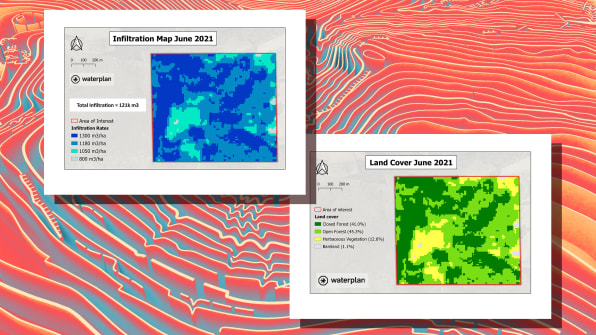Water Risk – Companies need water to grow crops and provide hydroelectric activity, but also need to avoid floods and rising seas. Waterplan helps monitor it all so companies can plan for potential liquid-based disruptions to business.
As the planet gets hotter, companies are facing more risks from water (or lack thereof), from torrential rains shutting down electronics factories to droughts that kill cotton and drive up the cost of making jeans. But tracking your corporate water footprint—and taking steps to mitigate risk—still isn’t as common as tracking carbon.
A new software platform called Waterplan, from a startup of the same name, wants to make it easier for companies to understand the challenge, starting with water accounting and evaluating the risks of water shortages. “We’re seeing a lot of innovation start to appear in the climate sector tracking emissions,” says José Ignacio Galindo, cofounder of Waterplan, which is currently in Y Combinator’s tech accelerator program. “But we thought that there was more space for software solutions in the water space.” Some similar tools do exist, including platforms from Jupiter that predicts climate risks to business infrastructure such as the risk from drought, and Aqueduct, a water risk atlas from the nonprofit World Resources Institute. (Waterplan has more up-to-date data than Aqueduct, Galindo says.)

Waterplan automatically pulls in data from a company’s suppliers and facilities, and then uses satellite images and hydrologic and climate models to look at the state of local watersheds and water availability for the company in real time. It tells the company the financial cost of its water risk, and makes recommendations to reduce that risk. “We believe by showing companies how to quantify [their] risk, we would be able to help them understand the business case of mitigating it and investing in nature-based solutions,” Galindo says. If companies invest in reforestation in an area, for example, it can help reduce runoff and potentially increase rainfall.

